Structural analysis and structural design are interlinked concepts in the domain of civil engineering, but they refer to various aspects of the process for creating safe and efficient structures.
- Structural Analysis:
- Structural analysis involves the examination and calculation of the behavior of structures under various loads and conditions.
- It deals with determining how forces such as gravity, wind, seismic activity, and temperature changes will affect a structure and how it will respond to these forces.
- Engineers use mathematical models, principles of physics, and computational tools to analyze the stresses, strains, and deformations within a structure.
- The primary goal of structural analysis is to ensure that a structure can safely support its intended loads while maintaining stability and integrity.
- Structural Design:
- Structural design is the process of creating a safe, economical, and functional structure based on the results of structural analysis.
- It involves selecting appropriate materials, dimensions, and configurations to meet the required performance criteria while optimizing factors such as cost, construction time, and aesthetics.
- Design considerations include selecting suitable structural elements (such as beams, columns, and connections), determining their sizes and arrangements, and detailing how they will be constructed and assembled.
- Structural design must comply with relevant building codes, regulations, and industry standards to ensure the safety and durability of the structure.
In summary, structural analysis focuses on understanding how forces affect a structure, while structural design involves using this understanding to create the best possible structure within specified constraints and requirements. Structural analysis informs structural design, providing the necessary data and insights for engineers to make informed decisions during the design process.



